This is the second part of this story, you can find part one here
I had been on the island about a year – but had rarely shot my DSLR; digital burnout and a lack of inspiration had limited my motivation to go on any deliberate photo outings. But now armed with thoroughly “obsolete” equipment I was eager to get out there. I decided my inaugural roll of film would be at a local park – which undersells it. It really consists of a baseball field (quite the cultural touchstone in Japan) the local city hall, a harbor, a nature trail, a beach, and a skate park, all in one.
It was a bright sunny day. I started in the afternoon and finished the roll just a bit before evening began.
It went well – although I had to overcome some instincts. I was conscious that with digital I have had better results under-exposing (my exposure comp is more or less permanently set -0.5 on my D750) to save the highlights and neaten things out in the RAW file. I had to consciously do almost the opposite with the F2 – deliberately taking the shot only when the needle was centered or slightly over-exposed.
Furthermore, this was the first time I had shot black and white. When I shot on my DSLR, black and white was for when I forgot to put the camera back into A or P mode and my manual settings were wildly overexposed. But now, black and white is all I have. And it’s incredibly neat to feel that switch in your brain toggle – how would this look in black and white? This again, was something enjoyable for someone rather tired out with digital.
I quickly came across my only major ergonomic gripe with the F2 – when changing shutter speed, you can’t see what number you’re on unless you lower the camera and point it at the ground. Simply lowering it from your eye only lets you see the ISO dial – the shutter speed is only visible from the rear of the camera. Notwithstanding this, 37 shots went quick! Perhaps I still have some digital “spray-and-pray” habits.
Then it was home, and time to have my first go at black and white development. This was really quite simple – I watched a couple Youtube videos, read a few articles, made some notes, created a spreadsheet (that continues to grow as I track each development), and started with the chemistry and times from the Massive Dev Chart (MDC).
I found some issues immediately – my tap water comes out at 24C/75F, even on the cold side. I could not get water to 20C/68F as the MDC proposes without putting my solutions in the refrigerator for half an hour (putting development chemicals next to food is not my preference). This also meant that once I rinsed with tap water I’d be introducing a temperature difference (although I learned not to care about going low->high).
I also didn’t have a good means to store a gallon of D-76 once mixed (Okinawa living is cramped and the wife understandably doesn’t want chemicals in the kitchen). So I resolved to weigh out and mix only the exact amount I’d use to develop one roll. I had a kitchen scale of questionable accuracy – it measured to the whole gram only. If I needed 17.3 grams of solution to yield 320ml of 1:1 D-76, I’d just eyeball a bit more than 17. Hardly scientific.
I was starting to fret about all this. What if that ~0.3 grams of difference was substantial? In the back of my mind, I wondered if my F2’s meter was inaccurate. Or if the light seals on the ancient camera were worn out. So many variables, so many things to account for. What if I ruined my first roll?
But then I decided to just trust the process – to trust in the resilience of the medium and in the golden age of camera engineering. Film then chemistry went in the Paterson tank, and after the appointed time, film came out.
And even though the guide I was following said “Dry overnight” I couldn’t resist taking some quick and dirty scans backlit by a cellphone:

I had images. 37, in fact, and they seemed okay. It was easy to find good shots – Okinawa mostly builds out of concrete due to the constant typhoon, tsunami, and earthquake threat. Even painted concrete rapidly takes on a weather-beaten look from the salty, humid ocean air. Many of the buildings have a distinctly utilitarian, brutalist architecture to them. I find these very easy to photograph – the high-contrast of black and white work well, to my eye. Here are a few of my favorites:
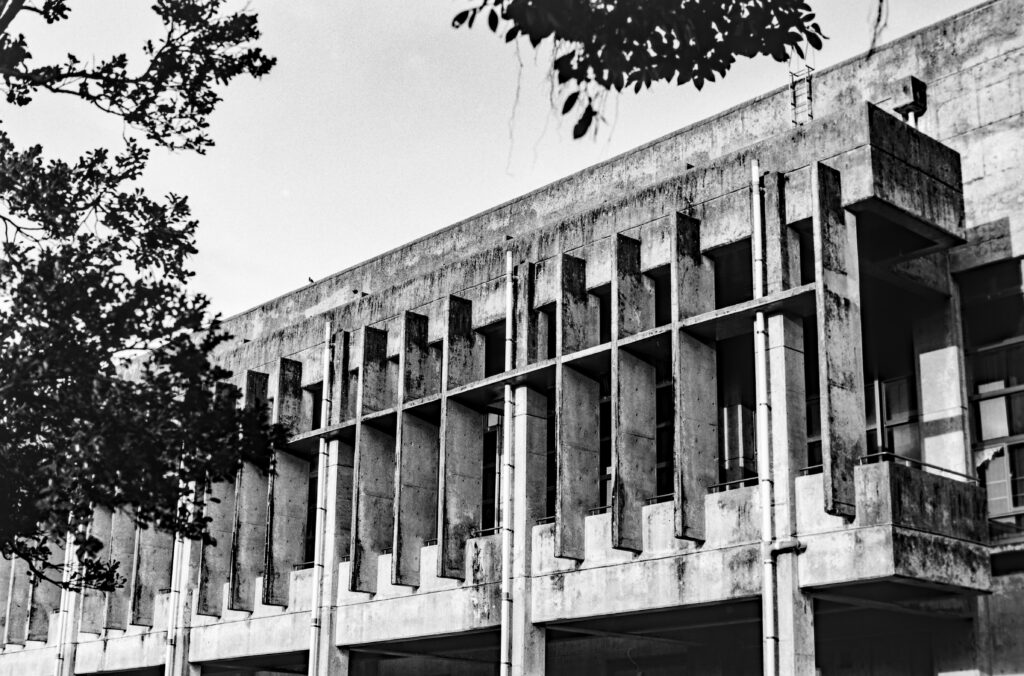
Another interesting thing about Okinawa – there are stray cats everywhere. They make frequent guest appearances:
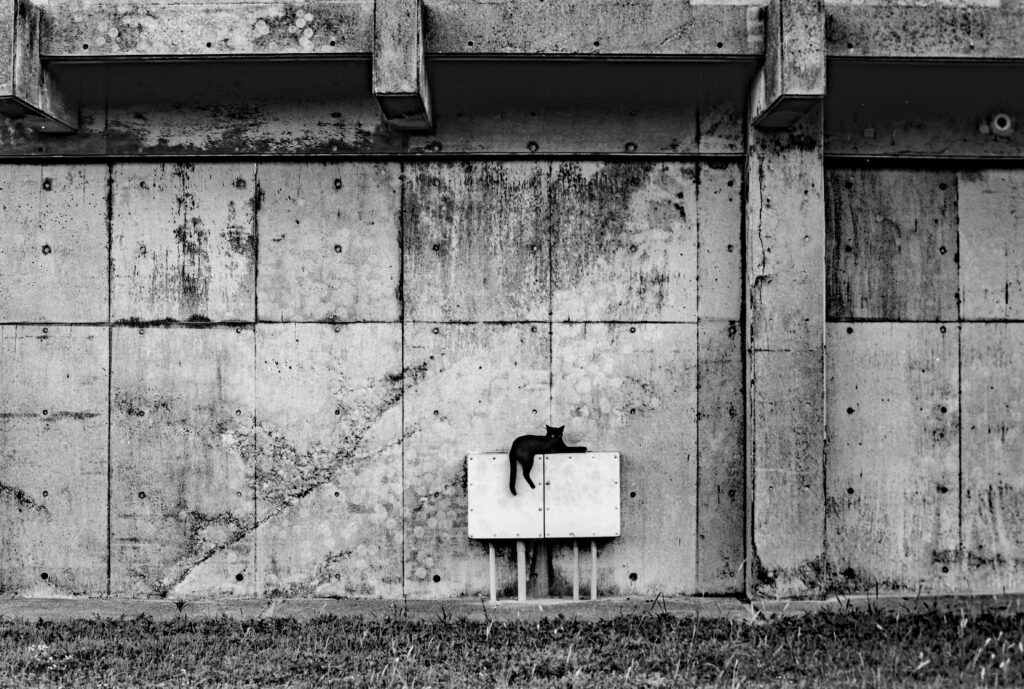
Then there are the sort of vaguely mysterious concrete structures in the parks. They aren’t fortifications or things that date further back – they are fairly modern constructions:
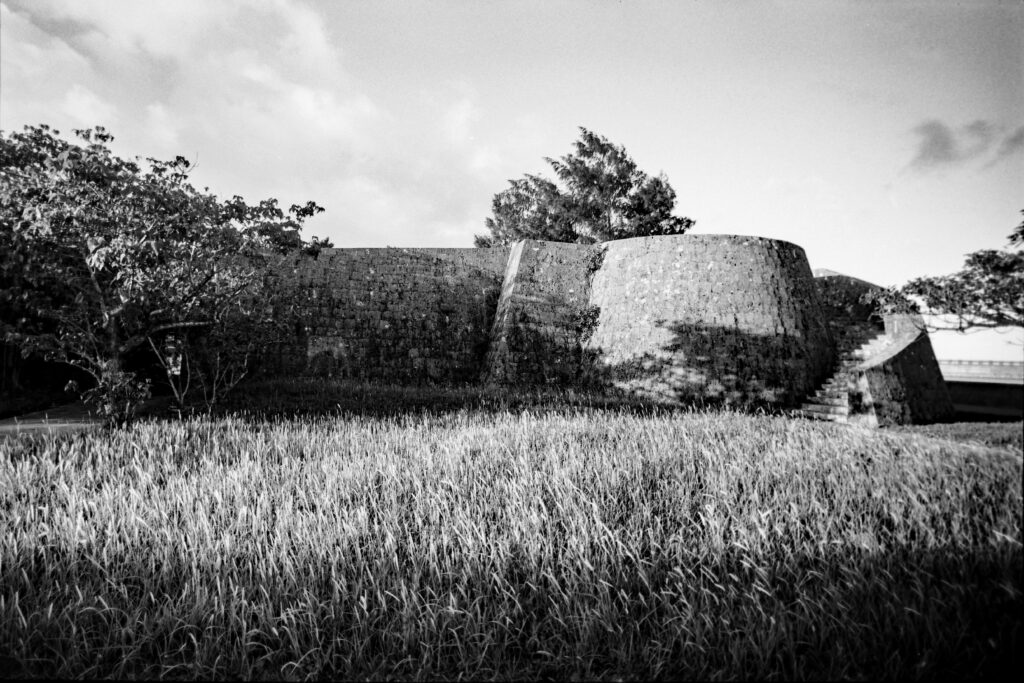
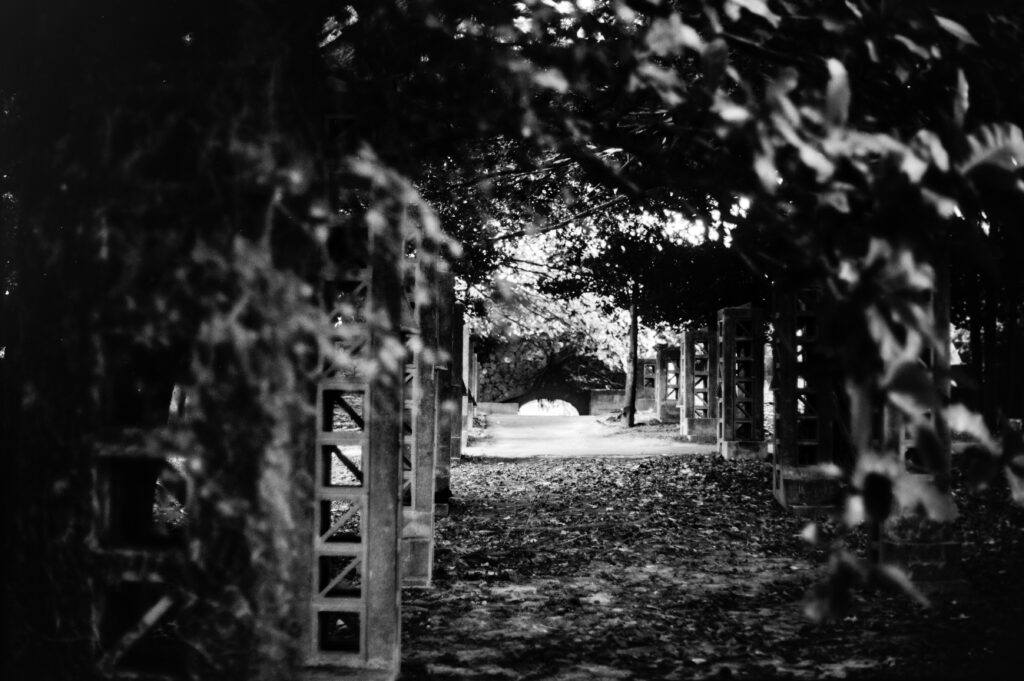
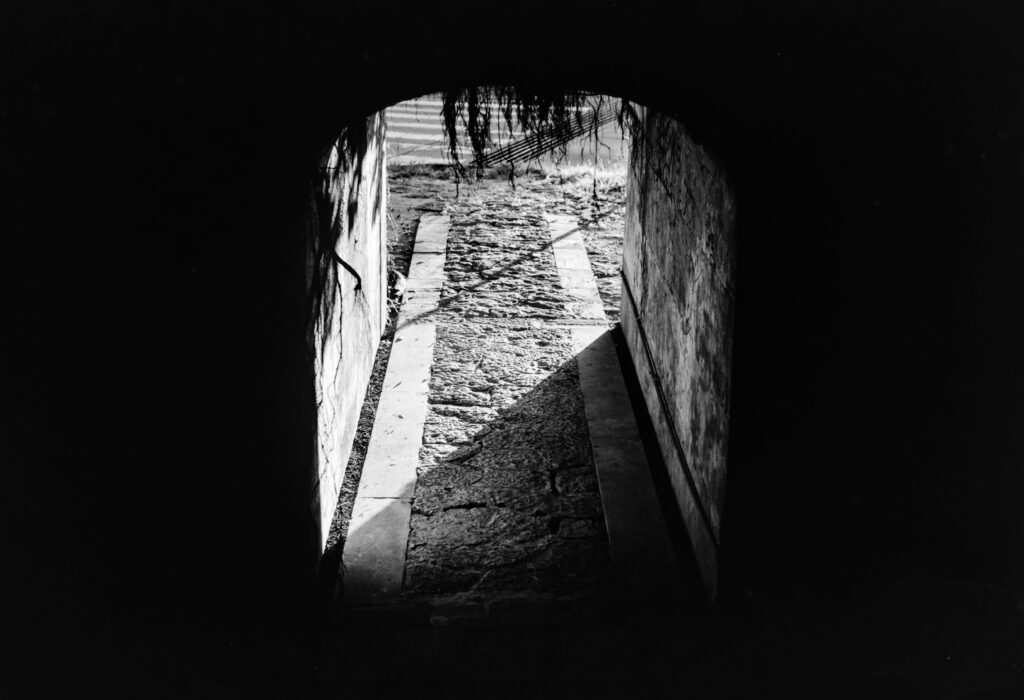
As you can see, even in some fairly diverse lighting conditions, Acros II at 100 ISO rendered things well (at least to my eye).
It’s possible (and likely) that I over-developed these. I erred on the side of more-everything when mixing and timing during development. I am curious what everyone’s thoughts are about whether these are over-developed, and if so, by how much? Should I reduce dev time by 10%? Round down to the least whole gram instead of rounding up?
Perhaps it doesn’t matter, especially with editing and adjusting photos being as easy as it is today. My fully analog forebears probably could not afford to be as slipshod or I assume they’d pay for it in the darkroom. For now, you could probably also title this article, “Or how I learned to stop worrying about development minutia and re-learned how to love photography.”
Either way, I was hooked. Photography was back for me – I found myself looking at the map again, trying to figure out where my next roll(s) would be shot.
One thing I didn’t discuss is how I digitized these. We’ll get to that in Part III next week.
My website:
https://ourbriefsojourn.substack.com/
Share this post:
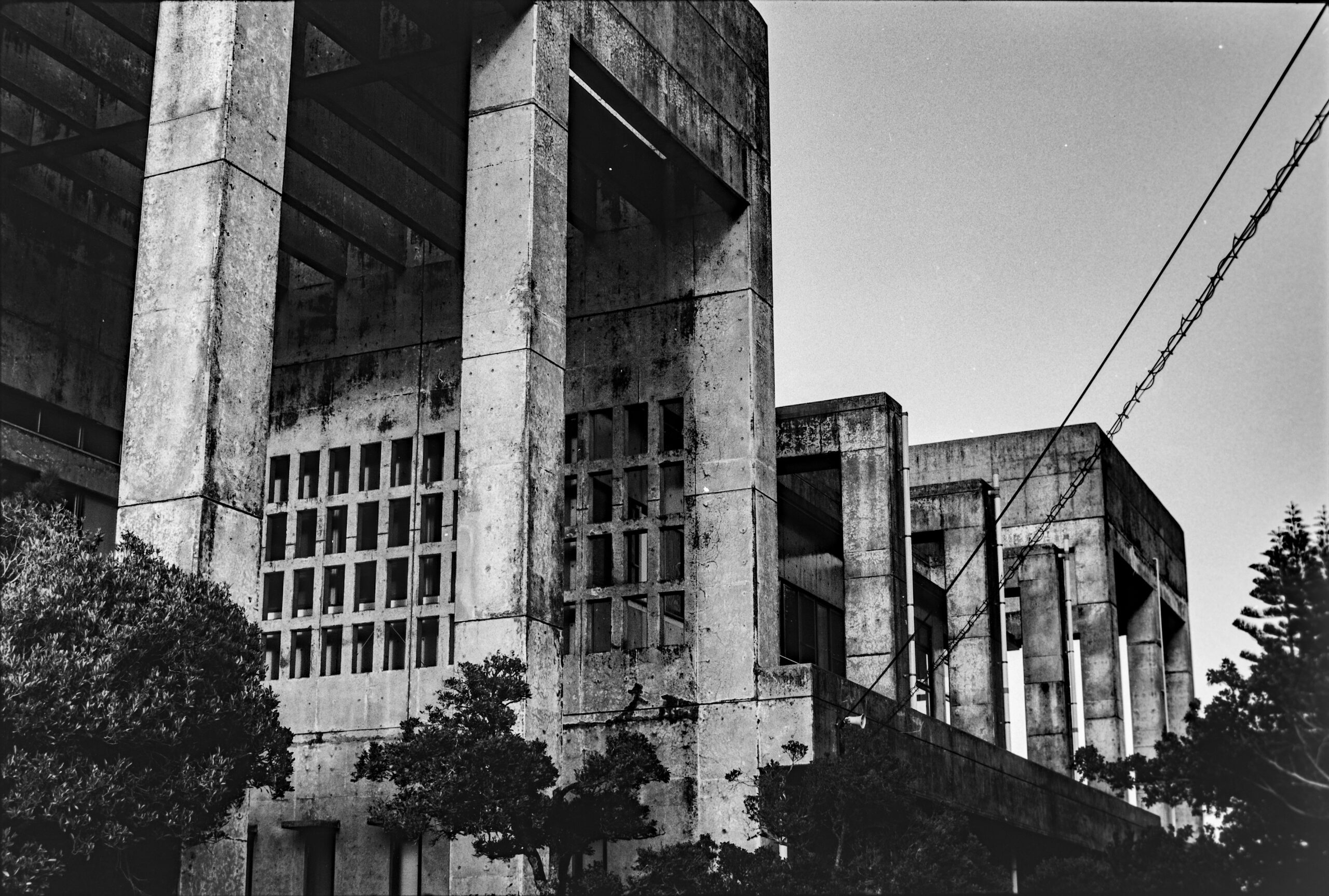
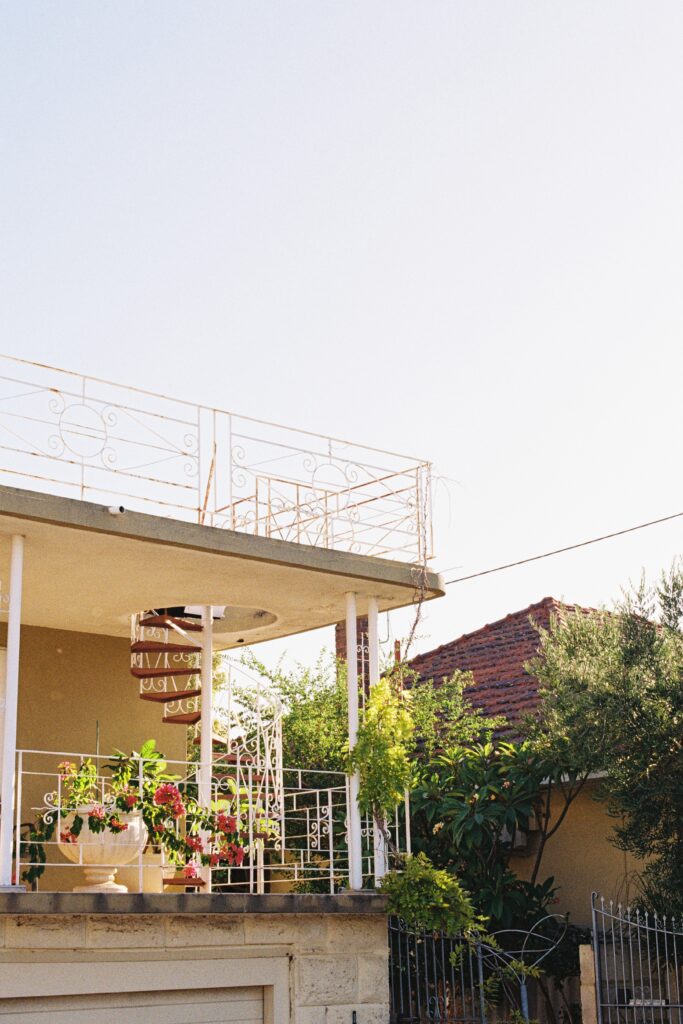
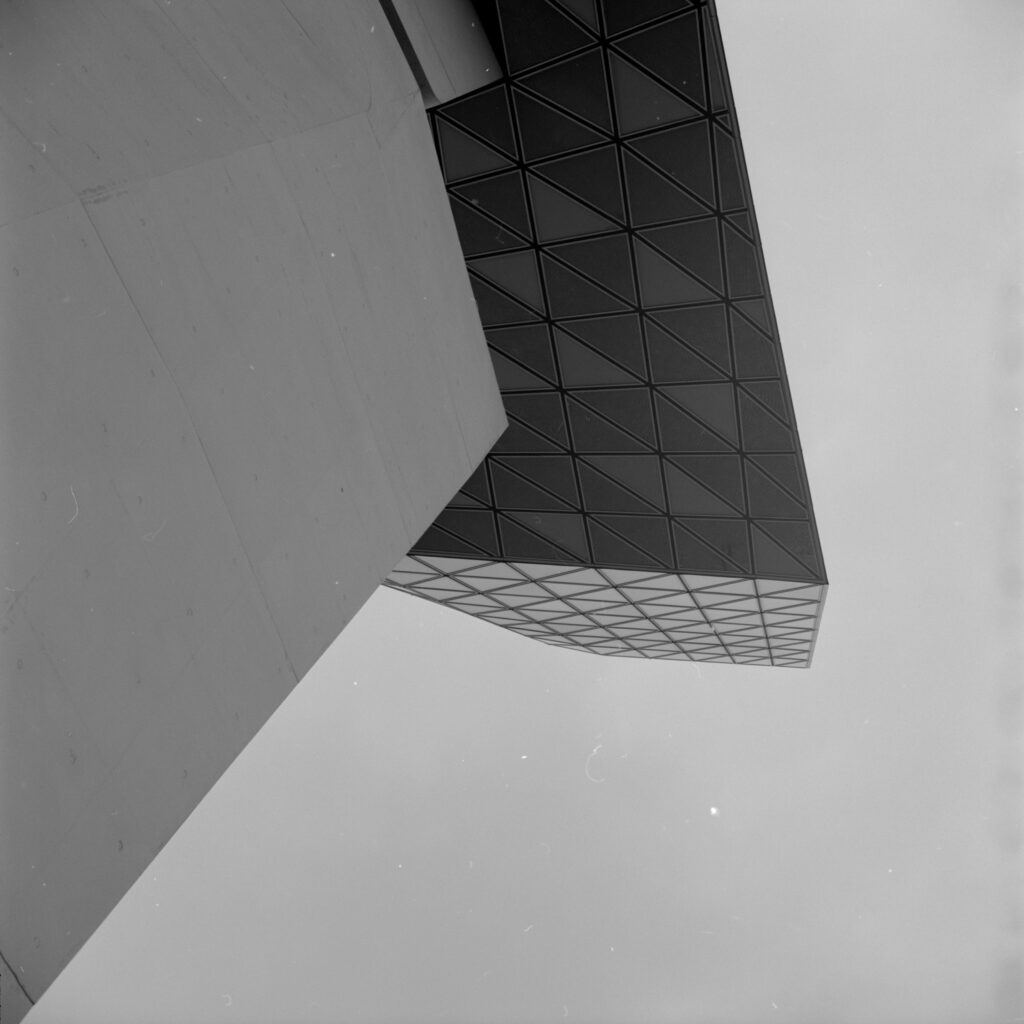
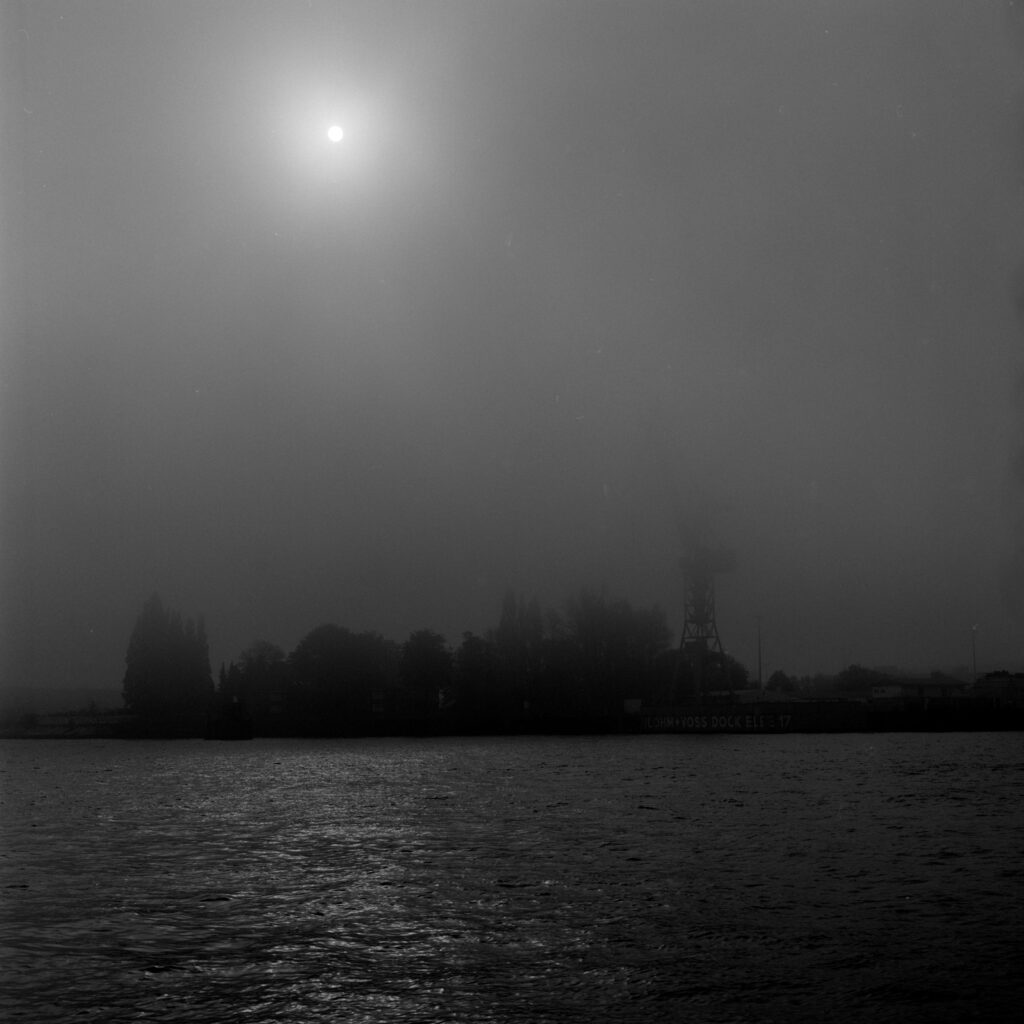
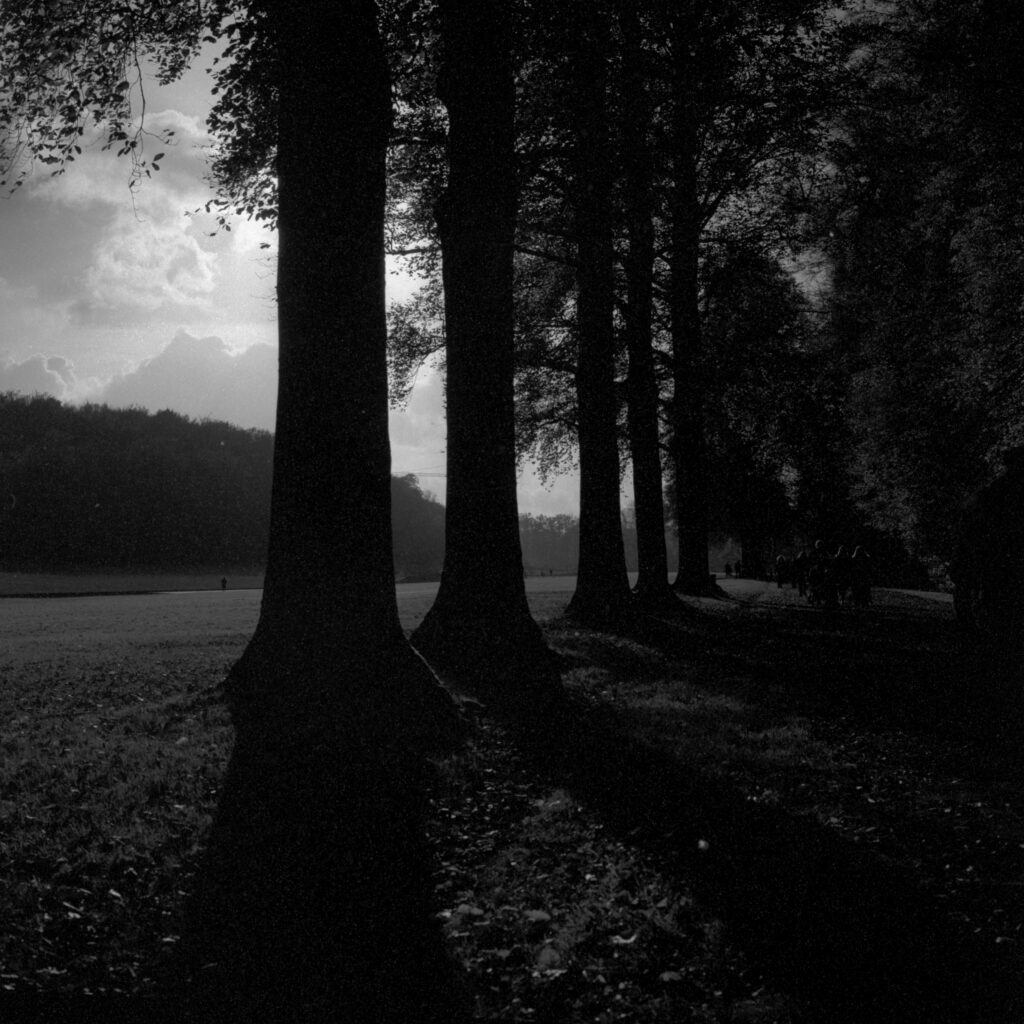




Comments
Geoff Chaplin on Going Analog on Okinawa – Part II – The First Roll
Comment posted: 11/04/2024
Comment posted: 11/04/2024
Comment posted: 11/04/2024
Comment posted: 11/04/2024
Gary Smith on Going Analog on Okinawa – Part II – The First Roll
Comment posted: 11/04/2024
Looking forward to Part 3!
Comment posted: 11/04/2024
Andrew L on Going Analog on Okinawa – Part II – The First Roll
Comment posted: 11/04/2024
Comment posted: 11/04/2024
Scott Gitlin on Going Analog on Okinawa – Part II – The First Roll
Comment posted: 12/04/2024
Comment posted: 12/04/2024